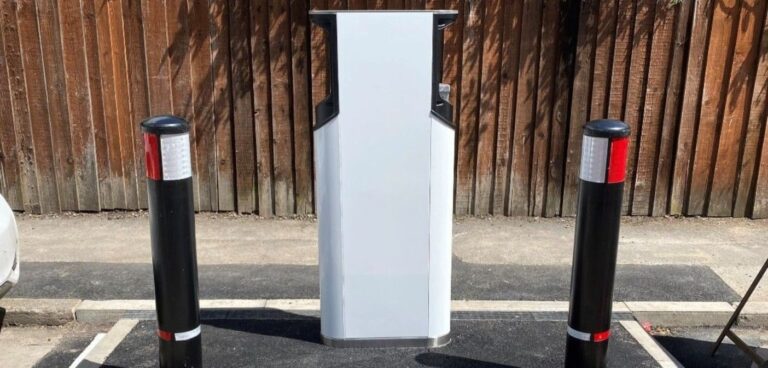A project that aims to break down barriers people face in charging EVs at home has been green-lit after grant funding was awarded to Oxfordshire County Council.
The project will test a new solution designed to help people who don’t have access to a driveway to charge an electric car using their own home power supply.
Funding has been awarded by Innovate UK and the Office for Zero Emission Vehicles. Volunteers from Oxford City and Cherwell are being sought to take part in the trial.
Councillor Pete Sudbury, Oxfordshire County Council’s cabinet member for climate change delivery and environment, said: “Dealing with practical day-to-day obstacles that prevent people from being able to confidently purchase electric vehicles is one area where we would like to see progress.
“This project will support the delivery of our recently adopted Oxfordshire Electric Vehicle Infrastructure Strategy, and the vision of the zero carbon transport system by 2050.”
According to the council, there are currently over 6,000 electric and ultra-low emission vehicles on Oxfordshire roads, yet an estimated 30-40% of residents have no access to off-street parking and can’t install a home charger.
“This trial will have those people especially in mind,” said Sudbury. “I look forward to seeing them begin.”
The project is the continuation of a 2020 scheme that ran in partnership with Oxford Direct Services (ODS), the local authority trading company owned by Oxford City Council, which aims to electrify at least 25% of its fleet by 2023.
It will test on-street EV charging using a specially designed ‘gully’ or channel, installed into the pavement. The gully has been designed to allow residents to safely connect their EV to their home electricity supply when parked outside their home. The channel is integrated into the pavement and has been designed so that cables will not cause a trip or slip hazard.
Compared to installing electric charger bollards on the street, the arrangement should cause less street clutter, especially where pavements are narrow, and it is cheaper to install, the council said.
What’s more, the council added that connecting to a household’s own electricity supply means charging is cheaper and more convenient than using an on-street chargepoint, and also means that residents with solar panels can charge their EVs directly from their own renewable energy supply.
The design builds on the learnings of the Go Ultra Low Oxford – a project led by Oxford City Council in partnership with Oxfordshire County Council, and funded by the Office for Low Emission Vehicles.
That trial tested five different charging technologies for 18 residents across Oxford. Phase 1 of the trial found that a combination of a home charger and cable gully solution was the cheapest and most highly utilised solution.
Oxfordshire County Council said it expects installations will start in December 2021-January 2022.
To qualify for the pilot, volunteers must have, or have frequent access to, an EV or plug-in car or van, and must live in a property where they cannot park off the street.
Volunteers must also be willing to take part in interviews, workshops and surveys as part of the research. Volunteers will be selected based on these requirements, assessment of the suitability of their property and other research factors.





